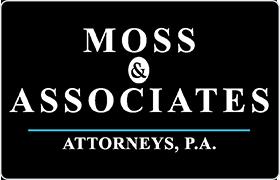Great Falls Workout Lawyer, South Carolina
Sponsored Law Firm
-
 x
x

Click For More Info:
-
Moss & Associates Attorneys, P.A.
816 Elmwood Ave Columbia, SC 29201» view mapBankruptcy & Debt Debt Problems? We Have Solutions!
We provide our clients with a unique combination of top-quality representation, small-firm economics, and commitment.
800-821-6041
Not enough matches for Great Falls Workout lawyer.
Below are all Great Falls Bankruptcy & Debt lawyers.
Mitchell A. Norrell
Accident & Injury, Bankruptcy, Divorce & Family Law, DUI-DWI, Disability
Status: In Good Standing
 Jason T. Moss Columbia, SC
Jason T. Moss Columbia, SC Practice AreasExpertise
Practice AreasExpertise
